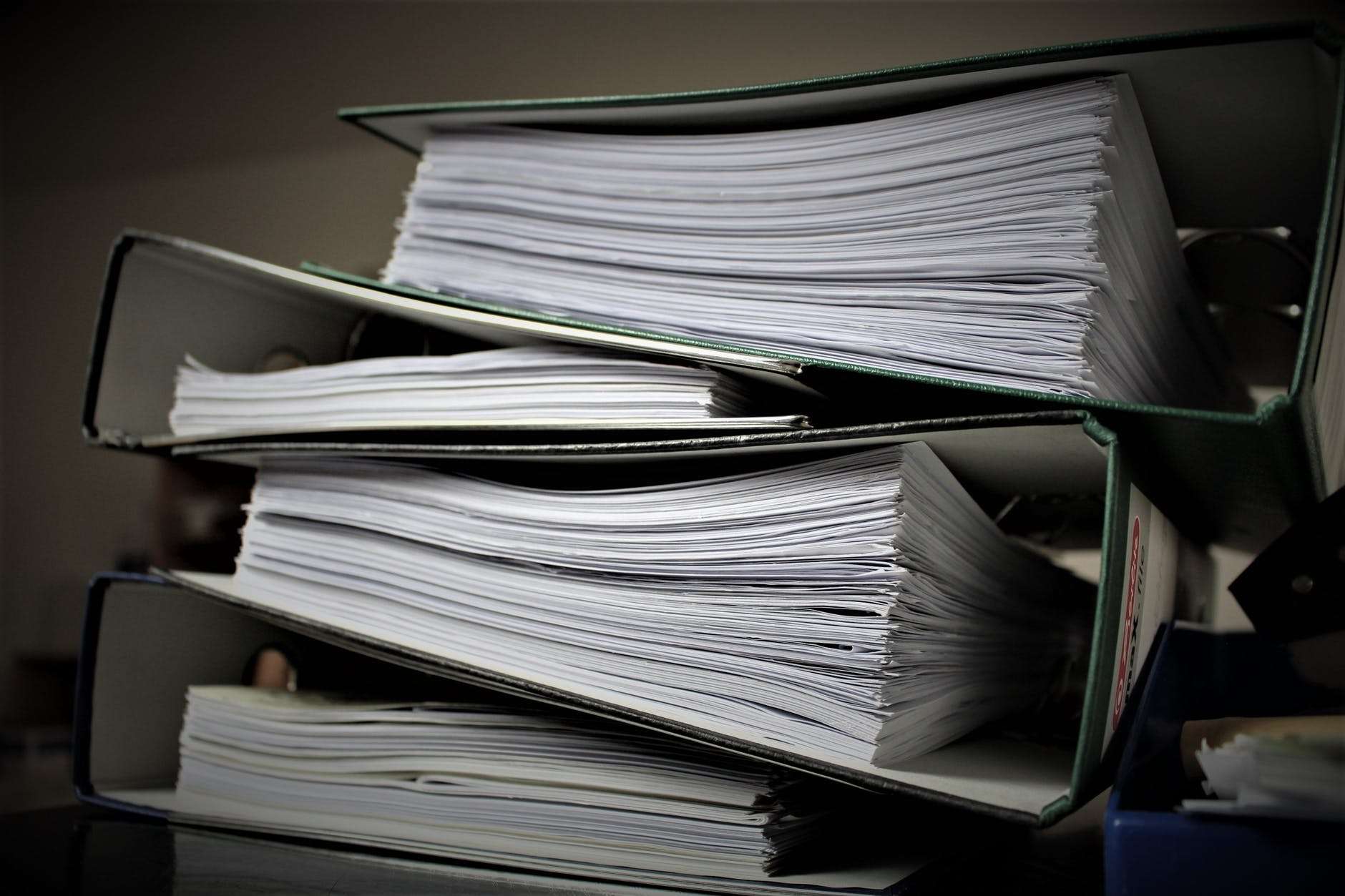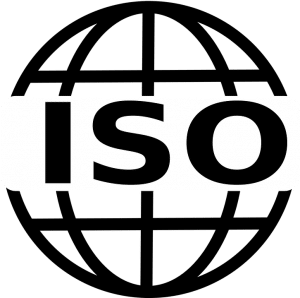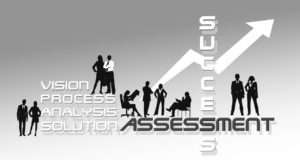How Many ISO Rules are There?

ISO (International Organization for Standardization) has a lot of rules – over 23,000, to be exact! These rules cover tech, safety and other areas. Each rule is important for success in its specific field. Think ISO 9001 quality management system or ISO 50001 on energy management. These standards help businesses stay on track and increase efficiency. Not following the rules could mean missing opportunities and potential risks. Staying up-to-date on developments is key, as new technologies and industries emerge. How many ISO rules are there?
Understanding ISO
To get a better grip on Understanding ISO, check out the table below!
| Standard Number | Description |
|---|---|
| ISO 9001 | Quality Management System |
| ISO 14001 | Environmental Management System |
| ISO 27001 | Information Security Management System |
| ISO 45001 | Occupational Health and Safety Management System |
| ISO 50001 | Energy Management System |
But that’s not all! ISO also covers social responsibility (ISO 26000), risk management (ISO 31000) and supply chain security (ISO 28000).
To make sure you get the most out of Understanding ISO, here are some tips:
- Do a gap analysis – this’ll help you spot any differences between what you’re doing and what ISO needs.
- Put a great management system in place – this way, you can have processes, policies and controls that get results.
- Train and engage your staff – they’re key players when it comes to following ISO rules.
- Monitor performance continuously – regular audits, inspections and reviews can help you see if you’re on track.
If you stick to these tips, you’ll be able to enjoy the many benefits of Understanding ISO. It’ll help you satisfy customers, be competitive, comply with the law, manage risks and grow sustainably. So, don’t think of ISO as boring – think of it as amateur interpretive dance lessons!
ISO Rules Overview
The ISO Rules consist of a set of guidelines and regulations that govern international standards. They ensure consistency, quality and efficiency.
ISO Rules Overview Table:
| Rule Number | Rule Description |
|---|---|
| ISO 9001 | Quality Management System |
| ISO 14001 | Environmental Management System |
| ISO 27001 | Information Security Management |
| ISO 45001 | Occupational Health and Safety |
| ISO 50001 | Energy Management System |
Unique Details:
The ISO rules are always updated to suit industry needs. They provide a structure for organizations to use best practices in areas like quality management, sustainability, security, health and safety, and energy management.
True Fact:
The International Organization for Standardization (ISO) states that there are more than 23,000 international standards in existence across industries and sectors around the world.
Are you ready for and adventure into the unknown, where wild ISO rules roam?
Other ISO Rules
Apart from the renowned ISO standards, there are other regulations that organizations must adhere to. These include:
| ISO 27001 | Information Security Management System (ISMS) |
| ISO 9001 | Quality Management System (QMS) |
| ISO 14001 | Environmental Management System (EMS) |
ISO 45001 also provides guidelines for Occupational Health and Safety Management Systems. It is essential for organizations to follow these rules to enhance productivity and preserve their status.
A manufacturing company once disregarded ISO standards. They faced major repercussions when a defect in their product caused multiple customer complaints. Abiding by ISO regulations may have prevented this event and defended their brand.
Implementing ISO rules is like trying to teach wild monkeys to follow a specific routine – chaotic, annoying, and sure to make you question your life decisions.
Challenges to Implementing ISO Rules
ISO rules can be tough to implement – understanding the standards, allocating resources and creating systems for compliance are all necessary. Common challenges include lack of awareness, complex documentation, resource allocation, and training requirements. Each industry has its own unique challenges.
ISO has been around since 1947, when countries met in London to create and international organization for standardization. To sum it up: there are more ISO rules than shirts in my laundry pile!
ISO Rules
We understand that ISO has created many rules. These include quality management, environmental management, and more. The experts who make them take into account industry standards, compliance needs, and best practices. ISO rules change with new technology and global events. Updates keep them up-to-date.
Organizations should set up processes for regular reviews and audits. People in charge should know the ISO regulations. Plus, give employees training and resources so they understand their part. Create a culture of accountability with channels to report non-compliant activities. Encourage departments to work together for full compliance.
Organizations can have ISO rules and the benefits they bring. Global businesses should learn the ISO guidelines that are right for them. It’ll help them with quality, sustainability, and safety. They’ll meet customer needs, too.
Frequently Asked Questions
Q: How many ISO rules are there?
A: The International Organization for Standardization (ISO) has developed and published over 22,000 international standards.
Q: Are all ISO rules mandatory?
A: ISO standards are voluntary and not legally binding. However, they are widely adopted and followed by organizations to enhance efficiency, safety, and quality.
Q: How are ISO standards classified?
A: ISO standards are classified into various categories such as ISO 9000 for quality management, ISO 14000 for environmental management, and ISO 27001 for information security management, among others.
Q: Can ISO standards be customized for specific industries?
A: Yes, ISO standards can be customized and adapted to meet the specific requirements of different industries and organizations.
Q: Are ISO standards regularly updated?
A: Yes, ISO standards are regularly reviewed and updated to ensure they remain relevant and effective in a rapidly changing global environment.
Q: Where can I obtain ISO standards?
A: ISO standards can be purchased from the official ISO website, national standardization bodies, or authorized resellers.















Leave a Reply